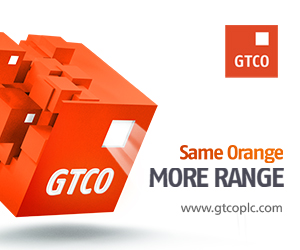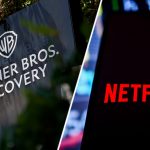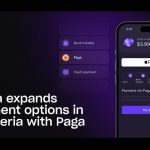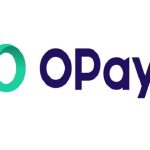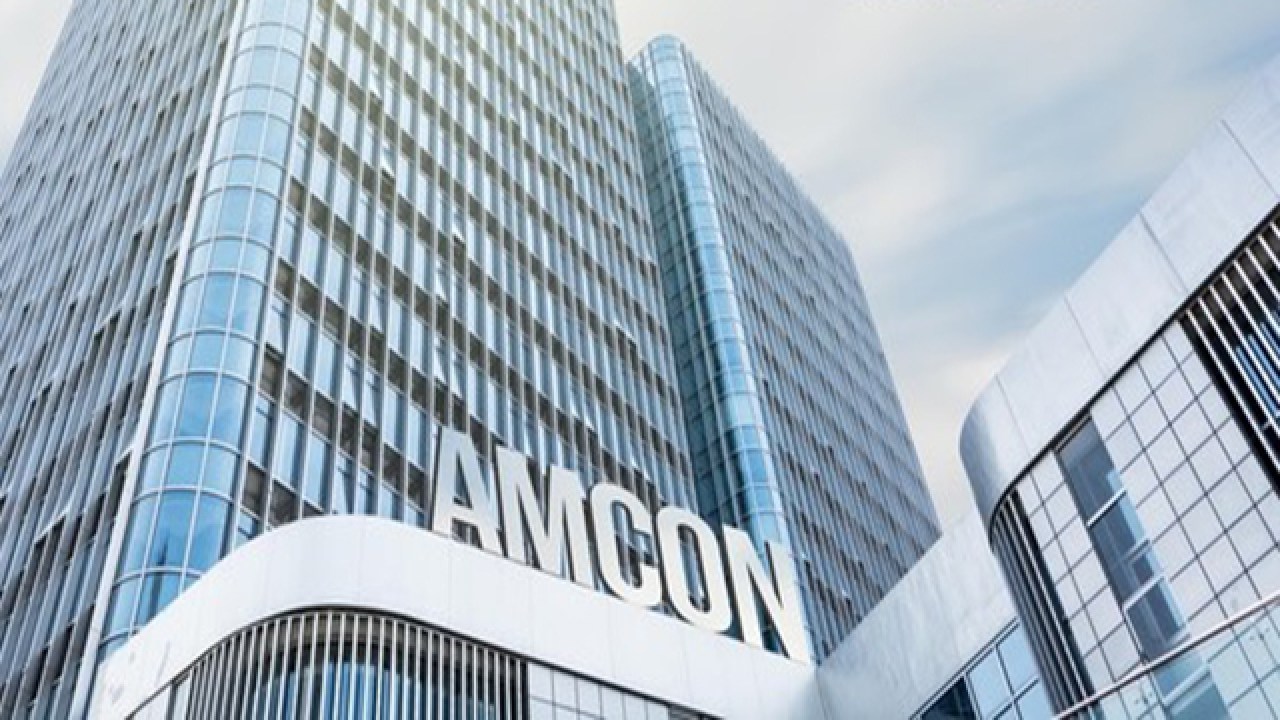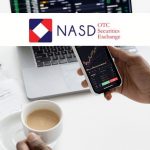Brands/Products
KreekAfrica: Leveraging the Freelance Market for Business Growth in Africa

By Adedapo Adesanya
The cost of hiring and keeping employees inhouse goes way beyond salaries. Cost of pension payments, sick leaves, insurance, and training, all add to the expenses that businesses incur to make a profit. But even with all these investments, there is no guarantee that the venture will see an increase in return.
With the onset of the coronavirus pandemic, it has even become more costly to keep employees inhouse as there is a limit to how certain business activities can go on. And this creates a situation where there just aren’t enough resources to cater to all the expenses. But that doesn’t mean that businesses should shut down or experience a decline in productivity because there is a smart way to go about it.
Kreekafrica.com presents a platform where businesses can still function as planned by with a fast-rising alternative to traditional employment: the gig economy. This involves outsourcing parts of the overall tasks in a business, to professionals, with the same level of security.
Especially because of the large population of youth in Africa, and the lack of formal jobs to accommodate them, there is a huge employment gap that has long been a topic of conversation for governments and policymakers.
Due to the lack of a definite and lasting solution that can cater to all, Africans are resorting to the gig economy by looking for freelance work as a source of steady income. Being a freelancer also offers flexibility and the work-life balance that a lot more people are looking for in their employment.
What started as a trend is gradually turning into a sector that could revolutionize the way of doing business in Africa, and boost the economy in the process. Now, businesses can leverage the resources provided by this informal employment option.
The only problem is that there isn’t much investment in this sector in a way that builds on its potential. That is why platforms like kreekafrica.com are necessary to create a more organized way of going about it. In the Western world, the informal sector is considered as a legitimate employment option, with many of today’s corporate giants’ success based solely on the gig economy.

There are many platforms and freelancer networks that allow individuals to put their skills to work, connecting them with many businesses that need it. The many freelance sites that constitute the best freelance sites 2018 alone make it clear that there is a market out there, and it is time for Africa to start capitalizing on the opportunity.
With this in mind, businesses need to start reviewing their business model to assess their sustainability. In times, like these where employees are more of a luxury, it is prudent for African companies to take advantage of the gig economy, which has a plethora of talent just waiting to be harnessed from a freelance content writer, and freelance footwear designer to freelance python programmer.
With platforms like kreekafrica.com, businesses can hire a freelancer online or build a freelance team consisting of seasoned professionals across various fields, with guaranteed security and at a relatively lower cost. It is a secure platform where like-minded individuals with a desire to get things done efficiently get to connect and with tangible results.
One other advantage for businesses is that all expenses made are based on results, and so losses are kept to the barest minimum. It is indeed a smart way of doing business.
So far, technology and the internet, in particular, seem to be the main facilitators of the gig economy. Fortunately, an impressive amount of the continent’s population is already privy to how it works.
Therefore, the future of smart freelance is bright, and businesses can hop on; it is never too late. There is a chance for the informal sector in Africa to be well defined, and expansion and Kreek Africa is a step in the right direction.
Brands/Products
Netflix to Buy Warner Bros. Discovery in $82.7bn Mega Deal
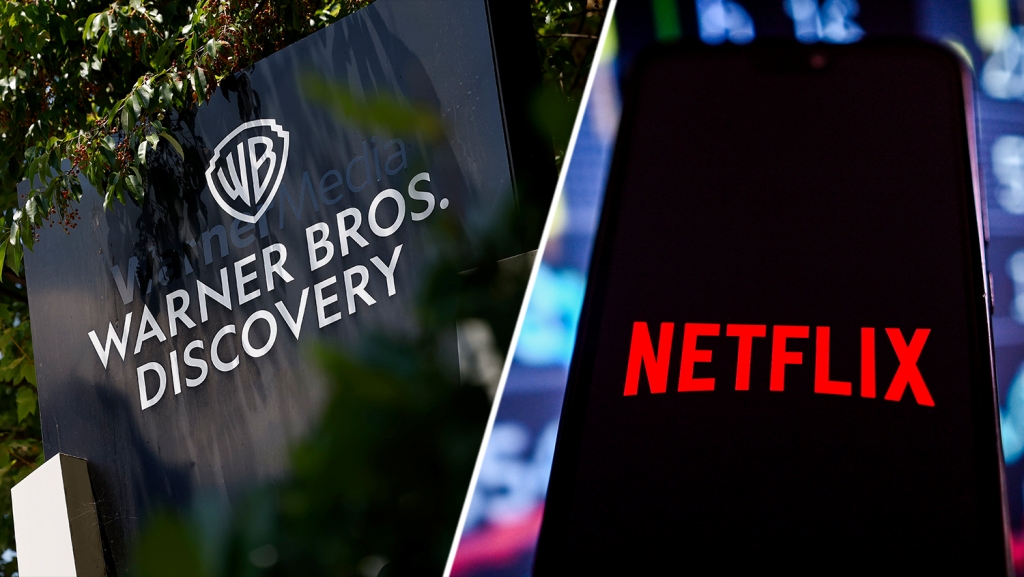
By Adedapo Adesanya
Netflix has reached a deal with Warner Bros. Discovery to buy the legendary TV and movie studio and assets like the HBO Max streaming service for $82.7 billion.
Warner Bros. Discovery is moving forward with its plans to split into two publicly traded halves in 2026. Once the split takes effect, Netflix intends to acquire the Warner Bros. half. The other half, Discovery Global, will house CNN and other cable channels. The Warner Bros. half includes its film and television studios, HBO Max and HBO.
The transaction values Warner Bros. Discovery at $27.75 per share, implying a total equity value of approximately $72.0 billion and an enterprise value of approximately $82.7 billion.
The deal is subject to regulatory conditions, of which there will be several, due to the size of the companies involved and what it means for competitiveness.
For several weeks, Paramount was thought to be the frontrunner in the auction for Warner Bros. Discovery. Paramount executives, who want to buy all of Warner Bros. Discovery – including its cable assets – were confident about their merger proposal and their mutually beneficial relationship with President Donald Trump.
However, Netflix surprised many with the boldness of its bids as it agreed to the same costly breakup fee that Paramount proposed, according to reports. This means the would-be buyer will pay Warner Bros. Discovery billions of dollars if the deal is not completed.
“Our mission has always been to entertain the world,” said Mr Ted Sarandos, co-CEO of Netflix. “By combining Warner Bros.’ incredible library of shows and movies—from timeless classics like Casablanca and Citizen Kane to modern favorites like Harry Potter and Friends—with our culture-defining titles like Stranger Things, KPop Demon Hunters and Squid Game, we’ll be able to do that even better. Together, we can give audiences more of what they love and help define the next century of storytelling.”
Mr Greg Peters, the other co-CEO of Netflix, said the acquisition would “improve our offering and accelerate our business for decades to come,” adding: “Warner Bros. has helped define entertainment for more than a century and continues to do so with phenomenal creative executives and production capabilities. With our global reach and proven business model, we can introduce a broader audience to the worlds they create—giving our members more options, attracting more fans to our best-in-class streaming service, strengthening the entire entertainment industry and creating more value for shareholders.”
“Today’s announcement combines two of the greatest storytelling companies in the world to bring to even more people the entertainment they love to watch the most,” said David Zaslav, President and CEO of Warner Bros. Discovery. “For more than a century, Warner Bros. has thrilled audiences, captured the world’s attention, and shaped our culture. By coming together with Netflix, we will ensure people everywhere will continue to enjoy the world’s most resonant stories for generations to come.”
The terms of the agreement will see each Warner Bros. Discovery shareholder receive $23.25 in cash and $4.50 in shares of Netflix common stock for Warner Bros. Discovery common stock share.
Brands/Products
Video Gaming Firm Xsolla Offers Nigerians Paga Payment Option
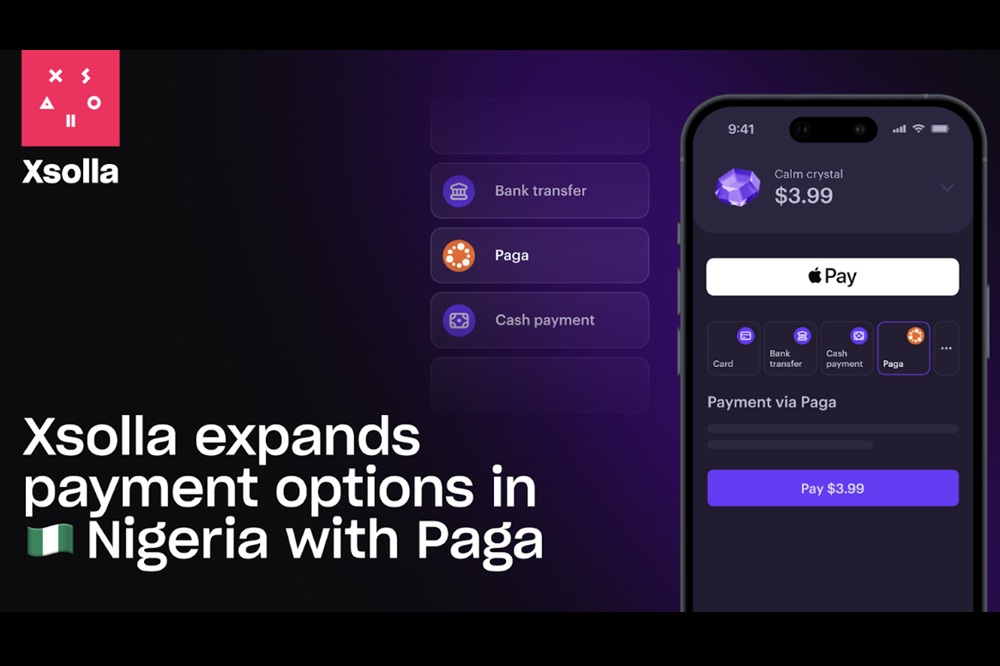
By Aduragbemi Omiyale
A global video game commerce company, Xsolla, has integrated Nigeria’s Paga into its payment system, allowing Nigerians more secure payment options.
Xsolla helps developers launch, grow, and monetize their games and with a large market available in Nigeria, with a population of over 230 million people, working with Paga is a good idea.
With services like Pay with Paga, Bank Transfers with Paga, and Cash by Paga, Xsolla provides a comprehensive payment solution that caters to diverse needs.
Serving more than 20 million users and processing massive volumes nationwide, Paga is one of Nigeria’s largest licensed mobile-money operators.
By integrating Paga’s full suite of payment options, players can enjoy seamless transactions, whether through quick in-app purchases, bank transfers, or cash deposits – with instant confirmations and reduced friction for all types of payments.
“Introducing Paga as a new payment method to players in Nigeria reflects our commitment to meeting players where they are,” said Chris Hewish, President at Xsolla.
“Paga’s strong local presence and trusted platform make it easier for Nigerian players to engage confidently, ensuring that convenience and security go hand in hand.”
From Nigeria to the world, Xsolla provides every payment method developers need to grow and monetize their games globally.
Local payment methods are crucial, enabling developers to reach every player, increase transaction conversions, and drive more sales and revenue. With Paga in Nigeria, it’s easier than ever to pay, play, and succeed.
Key benefits of the Paga integration include instant confirmations, localized experiences, and increased market reach and conversion.
Brands/Products
Temu Partners Dellyman to Scale Logistics Capabilities Across Nigeria
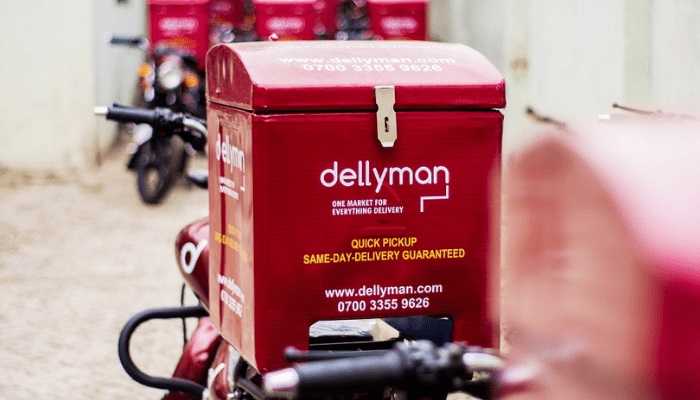
By Modupe Gbadeyanka
As part of its strategies to aggressively scale its logistics capabilities across key African markets, especially in Nigeria, the fast-growing global e-commerce powerhouse, Temu, has entered into a delivery partnership with Lagos-based logistics startup, Dellyman.
Through this collaboration, Temu customers in Nigeria will experience faster, more predictable, and more transparent deliveries, a critical factor in sustaining the platform’s customer satisfaction as order volumes continue to rise.
Dellyman’s technology-driven approach, spanning rider management, route optimisation, and customer visibility, played a central role in Temu’s selection process.
In the pilot phase, Dellyman completed more than 1,300 deliveries with a 95 per cent success rate, demonstrating its readiness to support large-scale e-commerce operations nationwide.
Founded in 2020, the firm has grown into one of Nigeria’s most reliable same-day and last-mile delivery platforms.
The company recently achieved a 10,000-order monthly delivery milestone in November 2025, contributing to a cumulative total of more than 300,000 lifetime deliveries.
This track record made Dellyman a strong fit for Temu, which is aggressively scaling logistics capabilities across key African markets.
“Our partnership with Temu is a major endorsement of the vision we set out with, to build Nigeria’s most reliable, scalable, and transparent last-mile delivery infrastructure.
“Achieving a 95 per cent delivery success rate during the pilot underscores our readiness to support high-volume e-commerce platforms.
“This collaboration shows that local startups can meet and exceed global standards when given the opportunity,” the chief executive of Dellyman, Mr Dare Ojo-Bello, said.
He further noted that the partnership represents more than operational growth as it signals a shift in how global e-commerce brands view Nigerian logistics capabilities.
“This is not just about fulfilling orders; it is about reshaping perceptions of what Nigerian delivery companies can achieve. We are committed to building the kind of infrastructure that supports international standards, empowers local businesses, and ultimately strengthens consumer trust in the broader digital economy,” he noted.
Mr Ojo-Bello added that Dellyman will continue investing in capacity, fleet expansion, and merchant-facing tools to ensure superior delivery experiences for Temu buyers and other online shoppers nationwide.
-

 Feature/OPED6 years ago
Feature/OPED6 years agoDavos was Different this year
-
Travel/Tourism9 years ago
Lagos Seals Western Lodge Hotel In Ikorodu
-

 Showbiz3 years ago
Showbiz3 years agoEstranged Lover Releases Videos of Empress Njamah Bathing
-
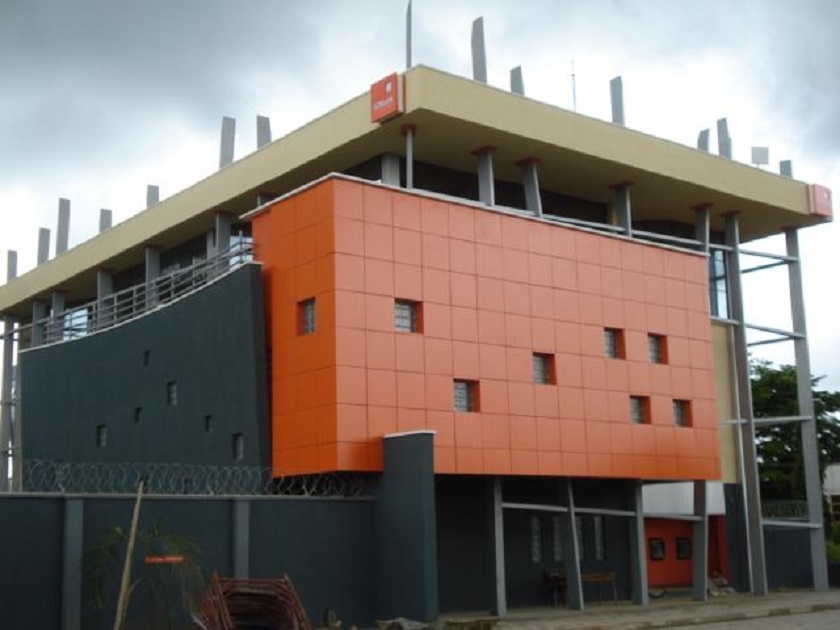
 Banking7 years ago
Banking7 years agoSort Codes of GTBank Branches in Nigeria
-

 Economy2 years ago
Economy2 years agoSubsidy Removal: CNG at N130 Per Litre Cheaper Than Petrol—IPMAN
-

 Banking3 years ago
Banking3 years agoFirst Bank Announces Planned Downtime
-

 Banking3 years ago
Banking3 years agoSort Codes of UBA Branches in Nigeria
-

 Sports3 years ago
Sports3 years agoHighest Paid Nigerian Footballer – How Much Do Nigerian Footballers Earn



